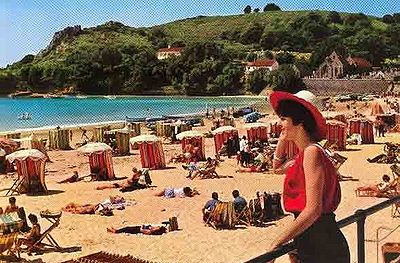Jersey is where I have grown up from birth, it’s a beautiful place and I am thankful to call it my home. It may only be small, but it’s coastlines and beaches are breathtaking. As a person who lives on the island I believe I underestimate the importance of Jersey’s surroundings of water and I wanted to explore this as the first part of my final project. Jersey has been an island for approximately 8,000 years: therefore, apart from the last 60 years, the only way for people to come or leave the island has been by sea. Over the centuries the way in which boats have been powered has changed – muscle power, wind power, steam power and now diesel power. Being an such a small island means that the sea was once our only way of migration, transportation of goods and exploration, so it’s easy access to the sea is the only reason why it now has 166,083 people living on it and 726,800 tourists, although some of this tourism is now due to air transportation it’s crucial to note that this hasn’t always been an option and Jersey was a popular holidays destination before planes were easily accessible. Jersey luckily didn’t go through a fatal natural disaster, but it is similar in the way that it had to undergo masses of urbanization in order to make it’s place in the world of tourism. Jersey did it in a different way though, so far Jersey’s natural beauty hasn’t been affected to the extent of Thailand, but with an ever growing population and housing problem we could begin to ruin it. In conclusion I want to capture a series of photos of Jersey’s most popular and busiest beach (St Brelade), to emphasis it’s natural beauty, rather than it’s man made attractions. The beaches are the main influence of holiday makers and I believe as inhabitants we forget that. My concept links to the theme of journeys and pathways because it’s about how Jersey has gone ion this journey on industrialization throughout the years via overseas trade and economic development but the beaches have still to this day remained the islands most prominent features.

